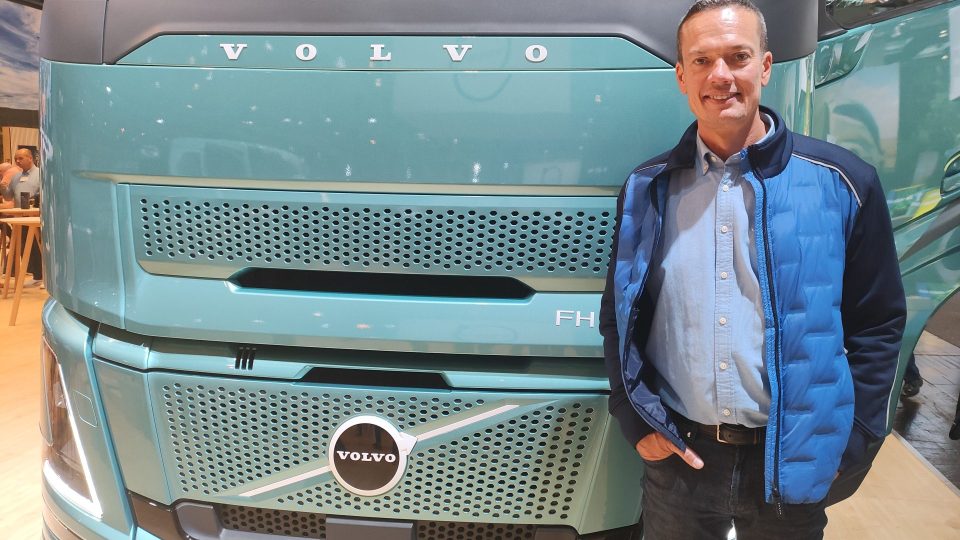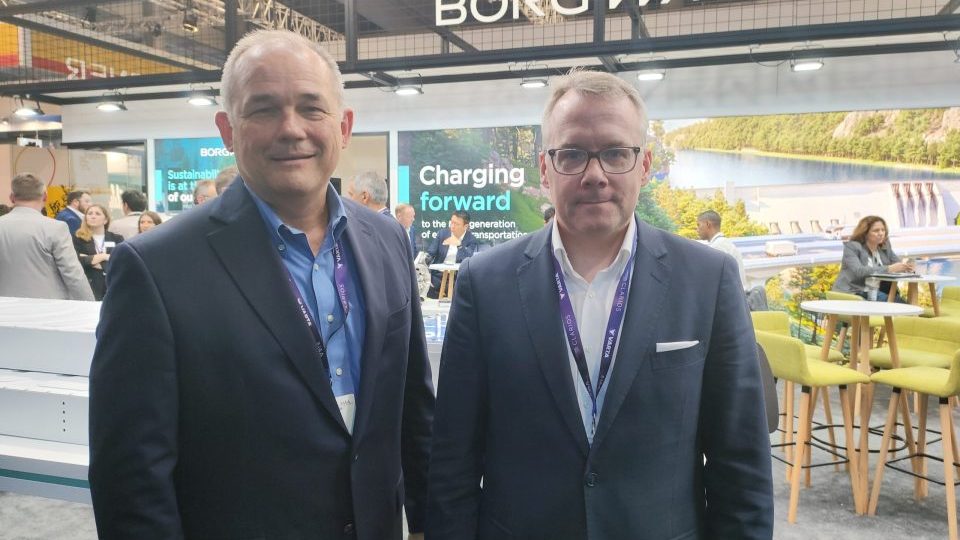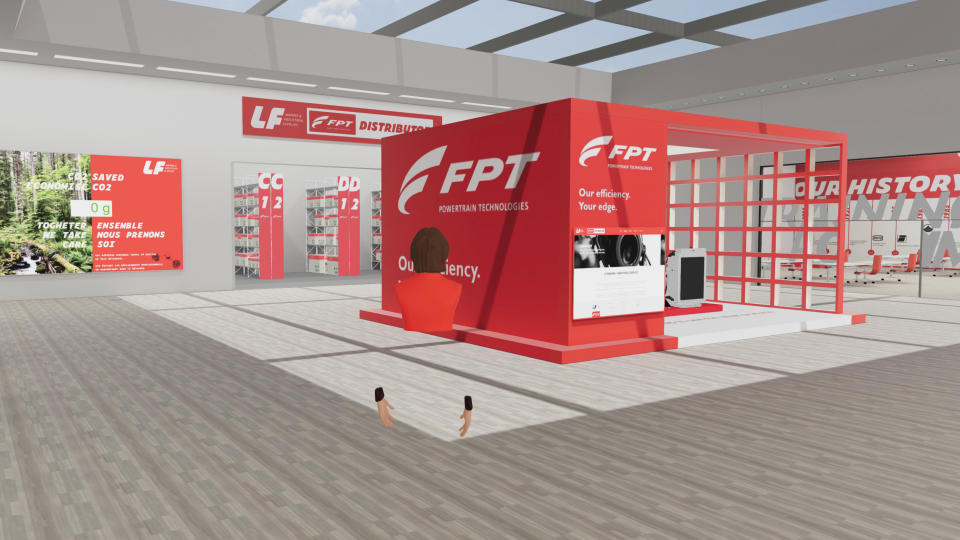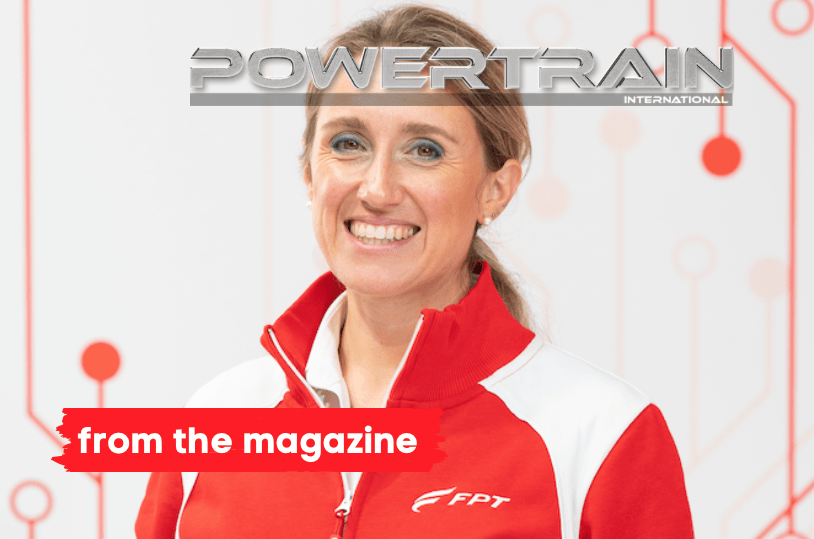MTU and the microgrids, our interview with Armin Fürderer
Microgrids. At Agritechnica, we have interviewed Armin Fürderer, Director Customer Solutions, Rolls-Royce, Business Unit Power Systems, about the hot issue of microgrids, with a particular focus on the agricultural sector. Here we publish the first part of the interview. A little more patience is needed to read the second and last part… When you consider […]
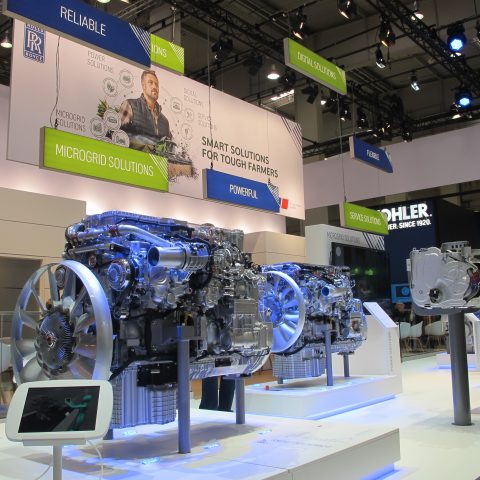
Microgrids. At Agritechnica, we have interviewed Armin Fürderer, Director Customer Solutions, Rolls-Royce, Business Unit Power Systems, about the hot issue of microgrids, with a particular focus on the agricultural sector. Here we publish the first part of the interview. A little more patience is needed to read the second and last part…
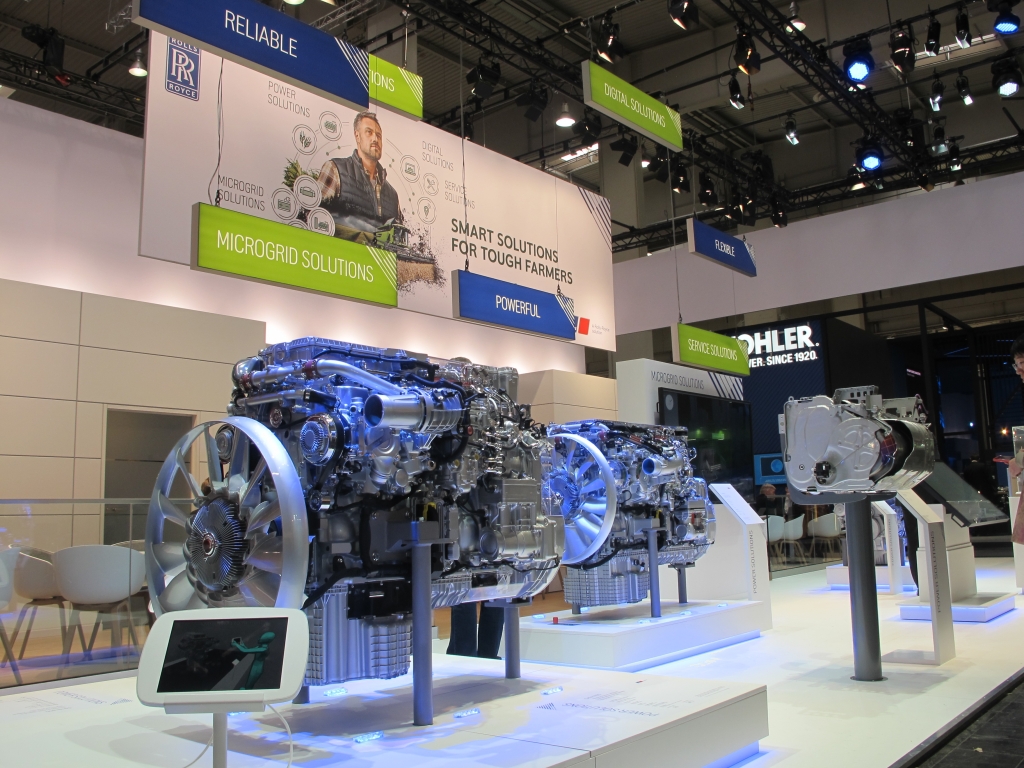
When you consider the benefits of this technology, why are microgrids not booming?
These solutions are quite new, especially Li-Ion stationary battery technology. Also, the respective regulations and standards are not yet in place. The technology is developing quickly and is becoming more and more economical. We’re already seeing growing demand in many countries for this kind of plant, as reflected by the volume of requests coming from customers. There are many projects underway, and a host of opportunities.
MTU’S THIRD POWER GENERATION SYMPOSIUM
What is the MTU approach to microgrids?
Rolls-Royce wants to provide complete MTU energy solutions – from diesel and natural gas to solar, and battery storage offerings – all controlled and managed by our own management system which orchestrates an optimized mix of the various energy sources to harmonize ecology and economy.
Are MTU systems engine-only, or do they also involve other technologies?
Our focus is on the solution, and that means our we’re handling all the technology. Sure, our core natural gas and diesel tech is a big part of this, but our new products – such as the MTU Battery Solution and the MTU Microgrid Controller – are the key to a fully-integrated energy solution. The key is to manage all assets in the smartest, most effective way from the points of view of ecology and economy. That’s why we’re focusing on our own range of microgrid controllers.
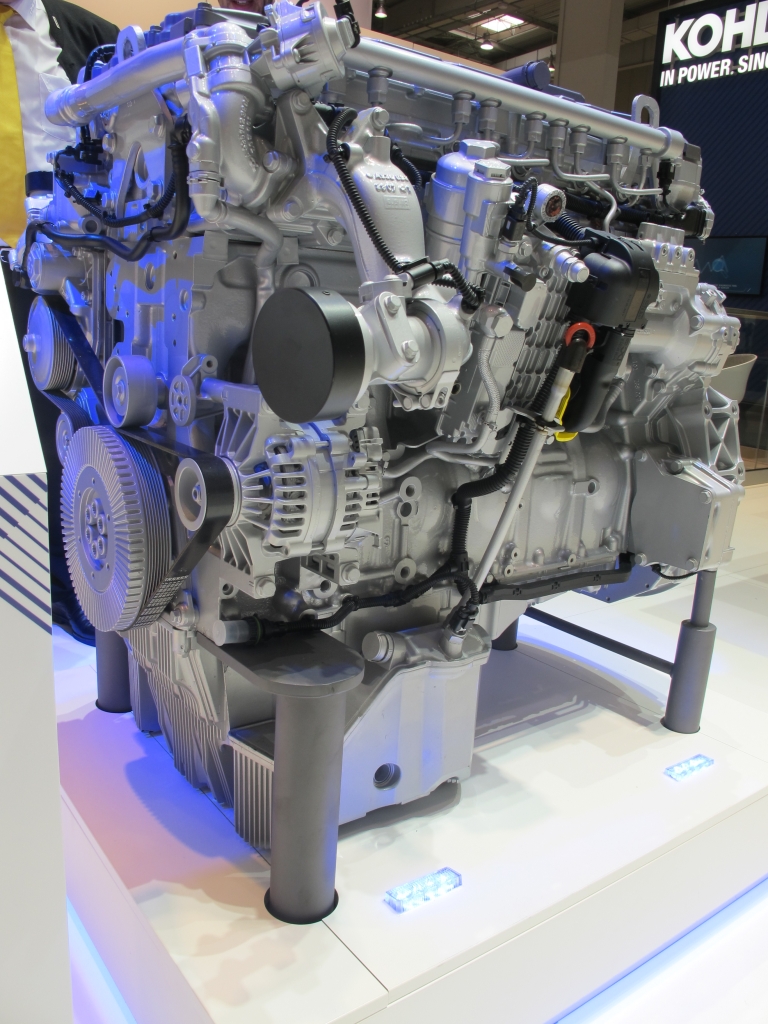
MTU MICROGRIDS FOR AGRICULTURE
What is your customers’ approach to choosing a diesel or gas engine?
Essentially, the kind of technology you choose should be based on what fuel you have available. If you’re talking about a mining company in South Africa, they most likely have diesel on site, and if they want to optimize financially they might choose to convert to wind power, say. A large farm in the United States probably has a lot of cattle manure, so the choice there could well be anaerobic fermentation to produce biogas and feed it to a natural gas genset to produce electricity. Those are just examples, it depends on the type of project. Maybe you already have solar panels, or maybe you need some flexibility in the grid. Maybe you want to use the excess capacity when demand is low, but you have no feed-in capability. You can use batteries to store the power, and wait until demand is high.
There are two points of focus for microgrids: one is to become independent of the public grid, and the other is to feed into it. For instance, if you don’t want to feed in all the time, the goal – mainly for farmers – is usually to store the power and then sell it to the grid when it’s needed. Selling power to cover peak demand is more remunerative than supplying the base-load.
One interesting development in future may well be microgrids fed by synthetic fuels as well as solar panels.




